One crowded spring activity that will not be canceled this year? The yearly alewife migration up the Sebasticook River.
Although the Benton Alewife Festival has been canceled for a second consecutive year due to the COVID-19 pandemic, the alewives are not worried about coronavirus restrictions. Onlookers can still see the fish as they make their way upstream to traditional spawning grounds.
“This is a time when it’s very exciting to be able to go out to see the fish, and a lot of people are unaware that this is a natural historic great migration,” said Landis Hudson, executive director of Maine Rivers, a Yarmouth-based organization that advocates for protecting the state’s rivers. “Really, it is one of the great migrations we have.”

Ernie Wallace, left, and Tim Keister haul a 100-pound crate of alewives onto the shoot Thursday to be hauled up to a waiting refrigerated truck for shipping in Benton. Michael G. Seamans/Morning Sentinel
The Benton Select Board decided to cancel the festival earlier this year, like last year, according to board member Robin Cyr. The board typically begins the planning process for the festival in February, and at that time it was unclear what the pandemic situation would look like in May, so it decided to cancel the gathering.
While there will not be a specific celebration for the alewife, residents can still stop by the Benton Falls Dam to see the fish, the harvesters and assorted wildlife that shows up to hunt.
Alewives — a small, silver fish also known as river herring — are usually sold to lobstermen for use as bait. They spend most of their time in the ocean, but travel upriver to lakes and ponds to spawn. Runs generally begin in mid-May and go through mid-June, depending on water temperature and river flow.
While the fish are at the bottom of the food chain, they are considered a keystone species and are eaten by a wide variety of animals.

“They feed just about everything, really,” said Gail Wippelhauser, who works at the Department of Marine Resources and studies alewife. “There’s eagles, osprey — a lot of the birds eat them. Mink, otters eat them. And when they go out to sea, they’re eaten by sea bass and other predatory fish.”
When dams were installed along Maine’s rivers, the alewife migration was reduced drastically. But the removal of the Edwards Dam on the Kennebec River in Augusta and the Fort Halifax Dam in Winslow, along with other restoration efforts, have again allowed the alewife to travel up the Sebasticook River.
“Before the Fort Halifax Dam was removed, which was 10 years after the Edwards Dam down in Augusta was removed, the only way to get alewives up into this watershed was to capture them buckets,” said Benton Alewife Warden Rick Lawrence. “They would capture them below the Fort Halifax Dam and then lift them above it and send them upstream. Before the fish lifts were in operation, they would truck them up to the lake.”
And numbers have skyrocketed. At Benton Falls in 2008, the alewife count was estimated at about 400,000. In 2018, the count had grown to a record 5.7 million.
The numbers since then have not broken the 2018 record, but they remain significant. The Department of Marine Resources uses an electronic counter at Benton Falls that counts the fish as they travel through the fishway at the dam.
 In 2019, the department counted 3,287,701 alewives traveling through, and in 2020 there were 2,847,171. Those numbers are not as impressive as the 5.7 million, but that is just part of the natural fluctuations in the population from year to year, according to Wippelhauser.
In 2019, the department counted 3,287,701 alewives traveling through, and in 2020 there were 2,847,171. Those numbers are not as impressive as the 5.7 million, but that is just part of the natural fluctuations in the population from year to year, according to Wippelhauser.
The population numbers can be affected by a variety of factors, including rainfall and water temperature, but the impact on population numbers is typically not seen for several years, Wippelhauser said.
In this case, the population decrease is likely because the past several years have been fairly dry. When there is less precipitation, it makes it more difficult for the juvenile alewives to travel downstream later in the year and return to the ocean.
The numbers so far this year look promising, Lawrence said, but it is too soon to tell if it will break records. About 1.2 million alewives had passed through the dam as of last Saturday, according to state data.

Tommy Keister rides his skiff back to the rocks Friday to unload the catch of alewives below the Benton Falls Dam on the Sebasticook River in Benton. Michael G. Seamans/Morning Sentinel
The harvest is going smoothly as well, Lawrence said, and fishermen caught about crates of fish last week.
Across Maine, the harvest of the alewives is set up to ensure the species is not wiped out again. In most places, this means that alewife can only be harvested from 6 a.m. Sunday until 6 a.m. Thursday, leaving three days with no fishing to allow the alewives to travel upriver.
In Benton, the situation is different, Lawrence said. Instead, the state waits until at least 200,000 fish havpass through the dam before beginning the harvest, and then are allowed to harvest seven days a week.
While the numbers of alewives have greatly improved, there is still ongoing restoration work to waterways, like the China Lake Alewife Restoration Initiative. Spearheaded by Maine Rivers, the project is focused on six dams that have blocked the China Lake Outlet Stream, and prevent alewife from traveling to China Lake.
“We’ve been working on six sites — six old, non-hydropower dams — that were built years and years ago in the China Lake Outlet Stream,” Hudson said. “It’s not a mighty river but it’s an important stream that fish are making their way through to get up to the lakes so they can reproduce.”

Alewives swim upstream Friday on the Sebasticook River, just below the Benton Falls Dam in Benton. Michael G. Seamans/Morning Sentinel
So far, four of the projects have been completed: the Lombard Dam and the Masse Dam have been removed, and technical fishways have been installed at Ladd Dam and Box Mill Dam.
The Box Mill Dam fishway was completed this past year, and required a specific design to fit in with the landscape, Hudson said. The area around the dam is often used for wedding photos and high school photos, so it was important that the fishway fit with the aesthetic of the landscape.
The fishways are a good solution when the dams must stay in place, officials say, but can be expensive and aren’t as efficient as dam removal.
This year, Maine Rivers plans to build a fishway at the China Lake Outlet Dam. In this case, there is a lake level order in place, so removing the dam is not an option.
Once the China Lake Outlet Dam fishway is complete, the group will tackle the final phase of the project, the Morneau Dam.

Tommy Keister hauls himself in to a small enclosed portion of the Benton Falls Dam on the Sebasticook River in Benton Friday, as he and others harvest alewives. Michael G. Seamans/Morning Sentinel
The alewife restoration efforts are one of the rare instances where economic and environmental interests align — the town’s benefit from the harvest of the alewife while bringing back one of Maine’s natural species.
“Sometimes people say they make the rivers and streams look like they’re running silver,” Hudson said. “And it’s neat when you stand on the banks of a river or stream look down, and at first you don’t see anything and then you realize the water is rippling and full of these fish that are very motivated to get where they want to go.”
Send questions/comments to the editors.


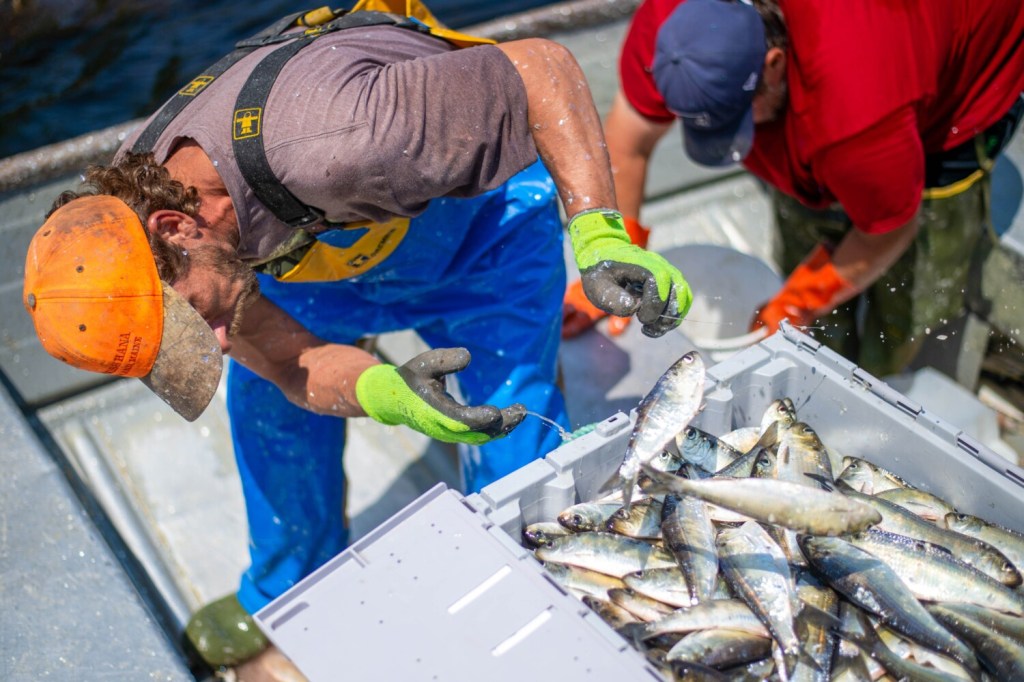
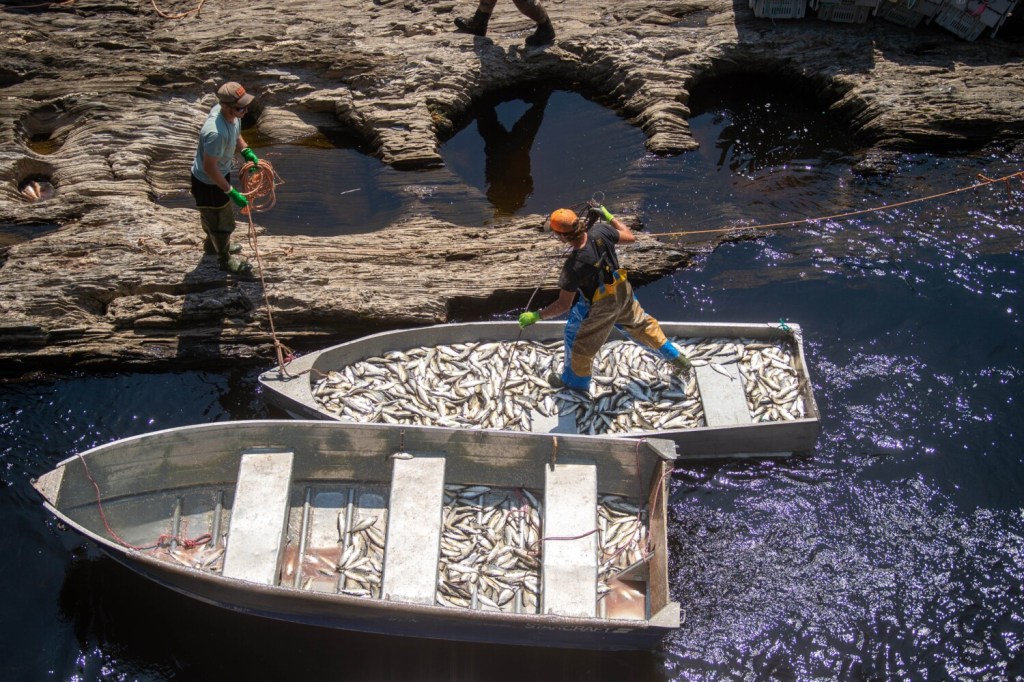
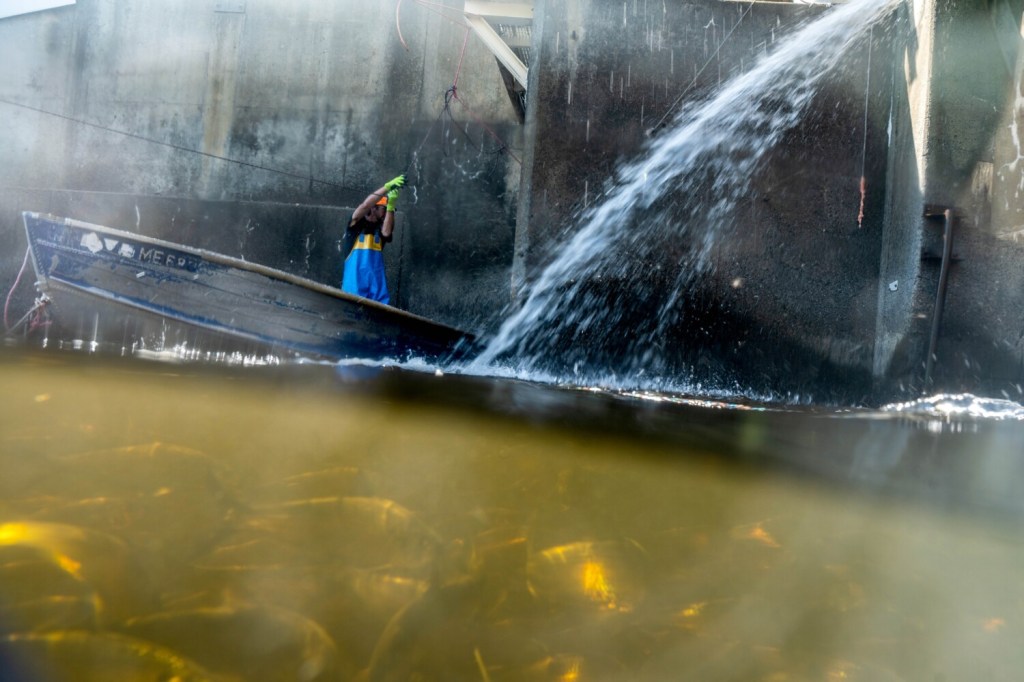
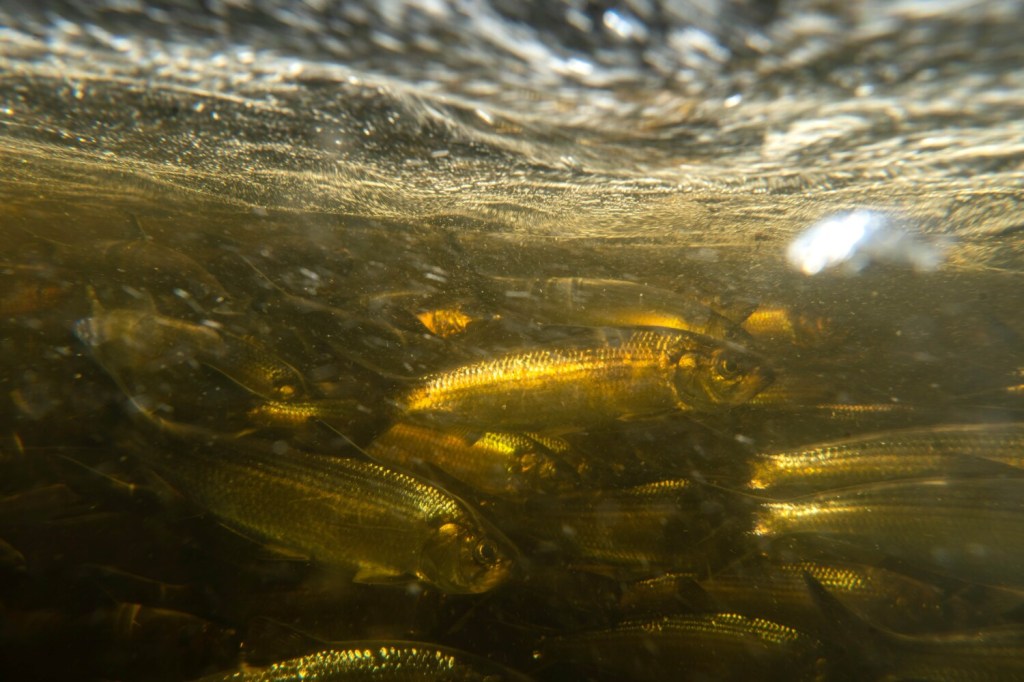
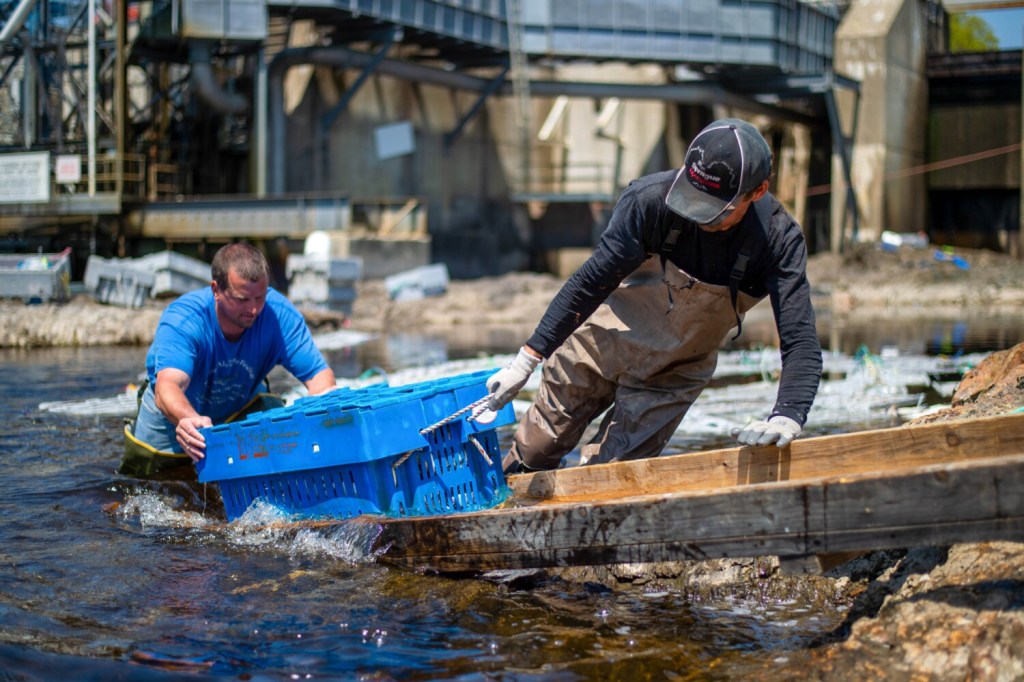
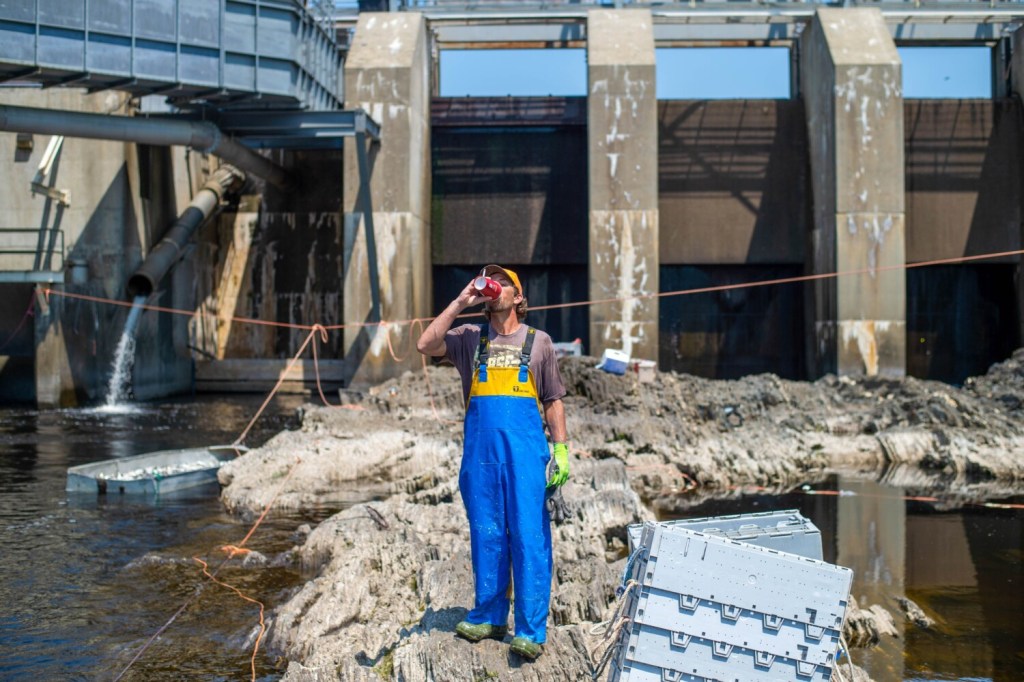
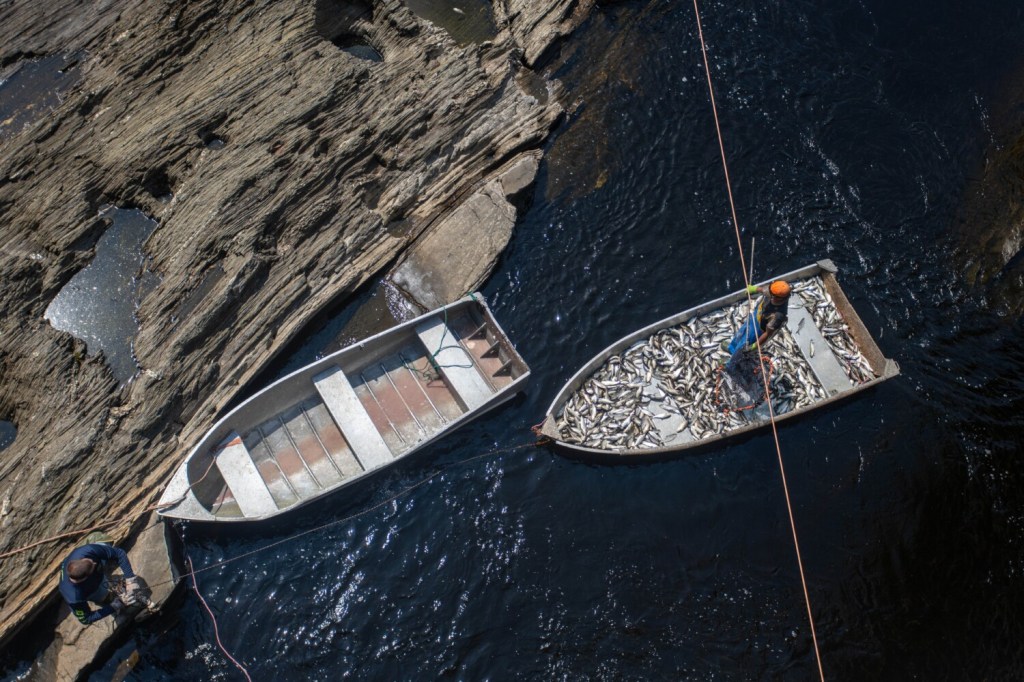
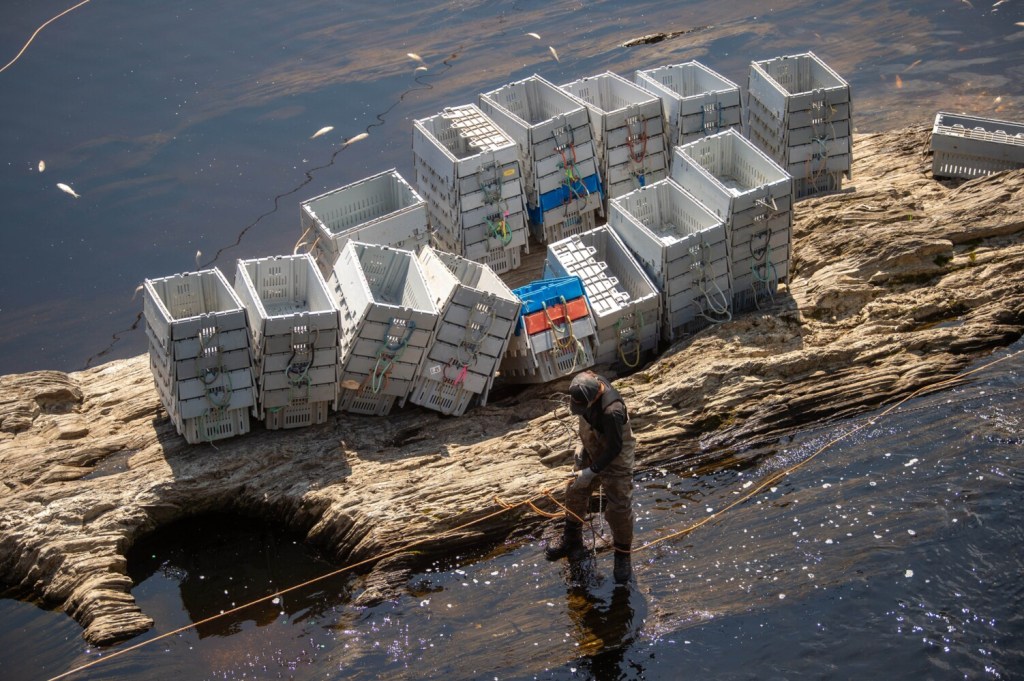
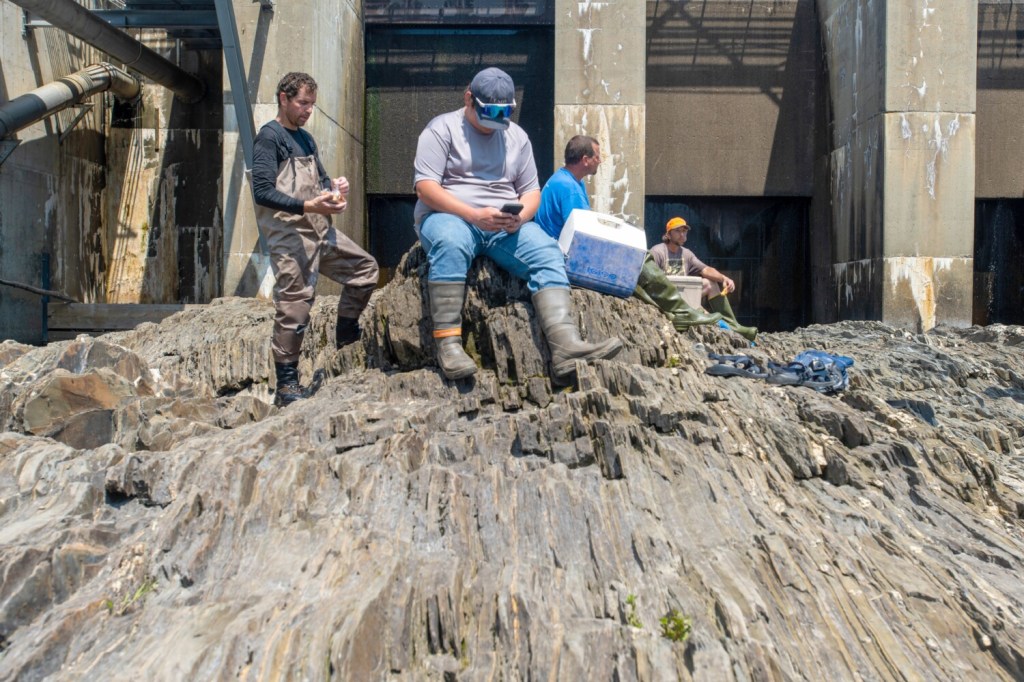
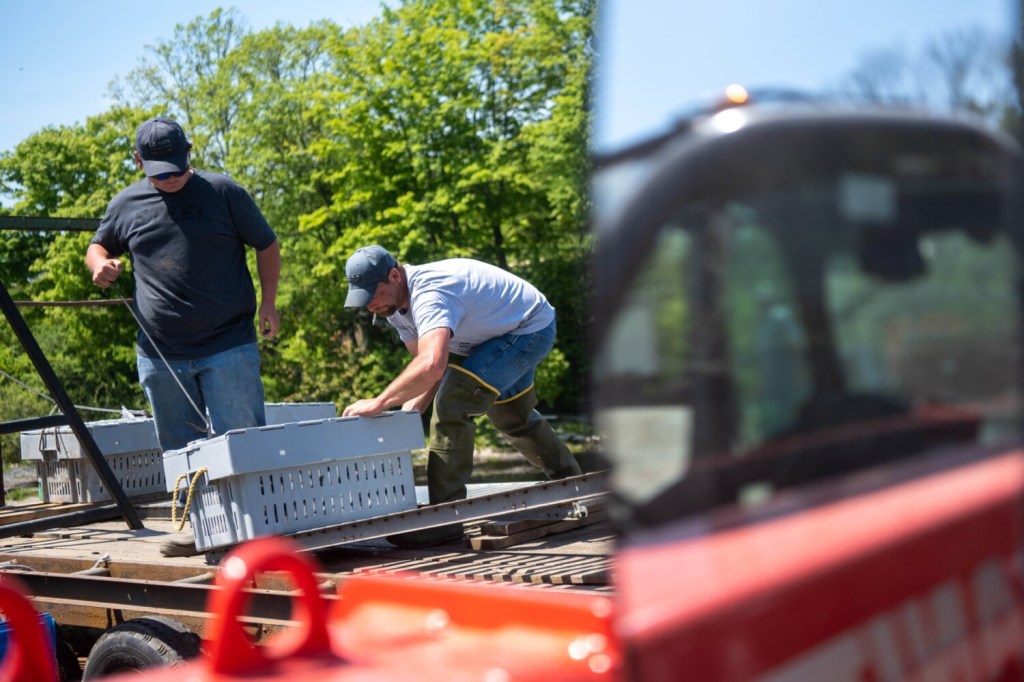
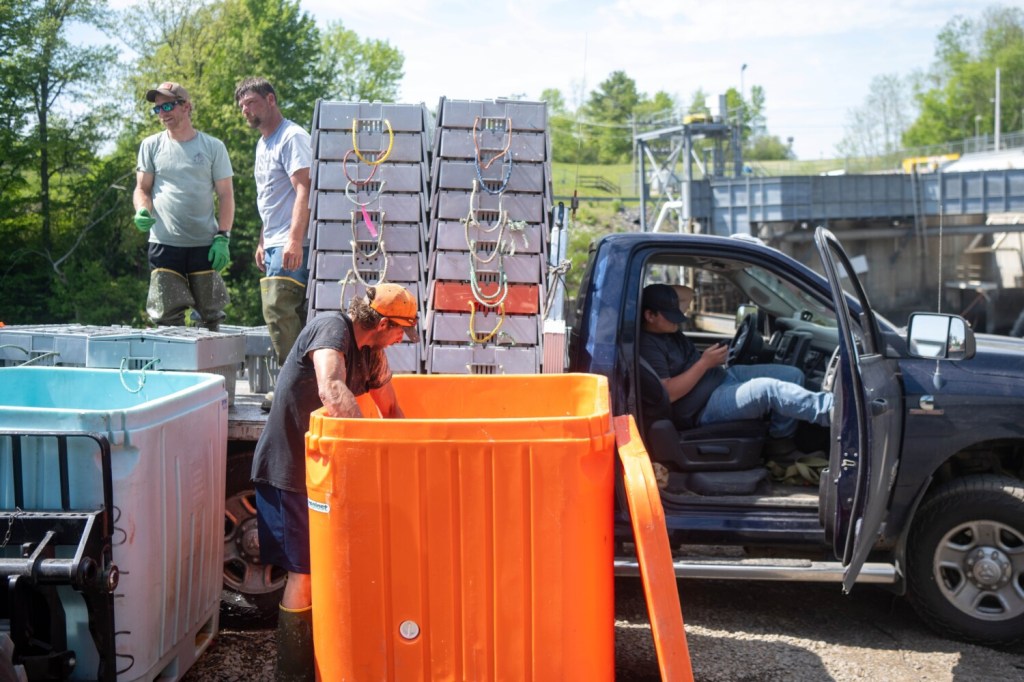
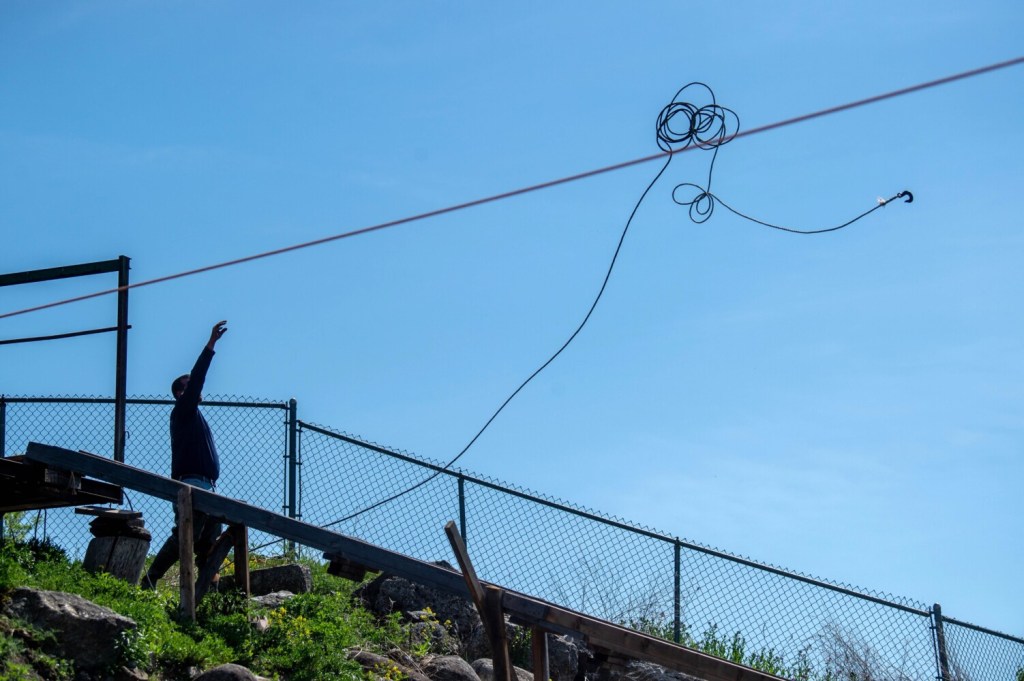

Success. Please wait for the page to reload. If the page does not reload within 5 seconds, please refresh the page.
Enter your email and password to access comments.
Hi, to comment on stories you must . This profile is in addition to your subscription and website login.
Already have a commenting profile? .
Invalid username/password.
Please check your email to confirm and complete your registration.
Only subscribers are eligible to post comments. Please subscribe or login first for digital access. Here’s why.
Use the form below to reset your password. When you've submitted your account email, we will send an email with a reset code.